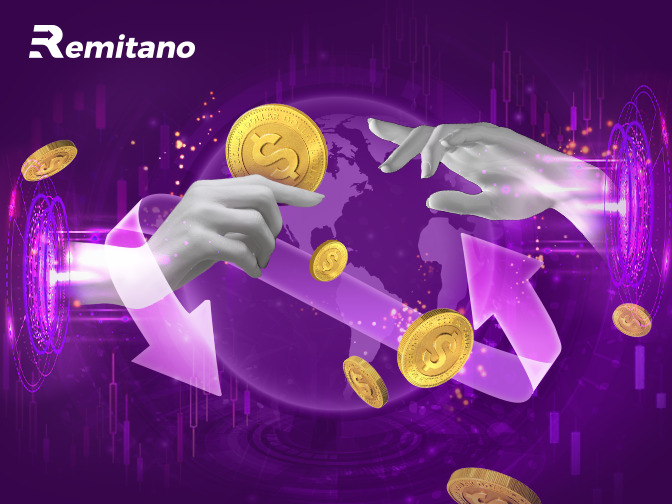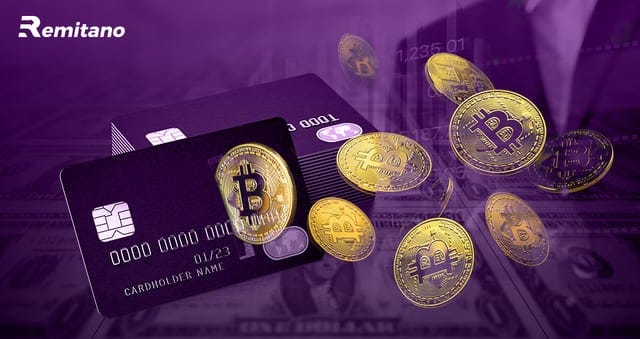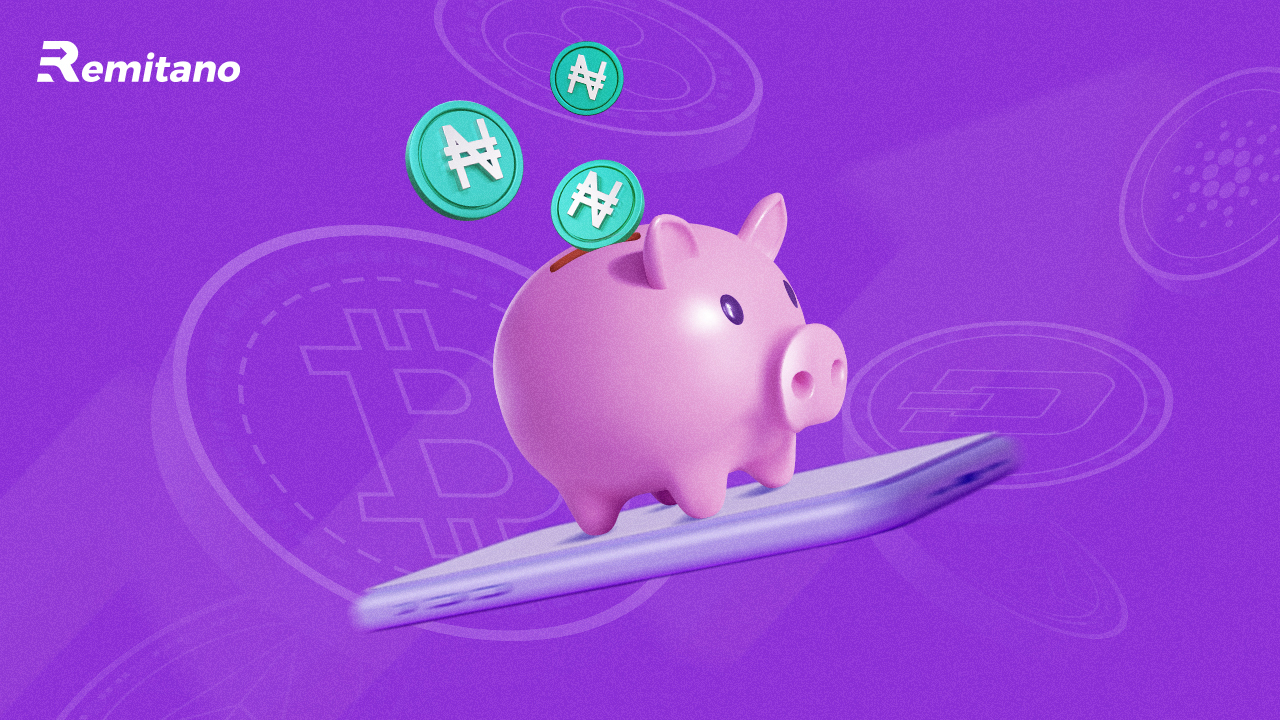
As one of the leading peer-to-peer (P2P) cryptocurrency exchanges, Remitano has attracted millions of users across the globe. From new traders just starting their crypto journey to experienced investors, everyone encounters technical terms, processes, and concerns at some point. That’s where the Remitano FAQ comes in — a centralized source answering the most frequently asked questions, clarifying essential terms, and offering useful insights for smooth trading and investing on Remitano.
What is Remitano?

Remitano is a popular peer-to-peer crypto exchange where users buy and sell cryptocurrencies directly with each other. Founded in 2015, Remitano has built a strong presence in countries like Vietnam, Nigeria, Malaysia, and Indonesia. It offers services including:
- P2P Trading for Bitcoin, Ethereum, USDT, and more.
- Remitano Swap for quick asset conversions.
- Staking & Passive Income programs.
- Crypto Investment Products.
Account Setup – Remitano FAQ

Creating a Remitano account is quick and beginner-friendly, even if you’re completely new to crypto trading. All you need is a valid email address or phone number to start. After signing up, you’ll be asked to complete KYC verification, which ensures a secure trading environment for all users. This step is mandatory to unlock full trading and withdrawal features.
How do I create an account on Remitano?
Simply visit Remitano and sign up using your email or phone number. You’ll need to verify your identity (KYC) before making trades.
Can I trade without KYC?
No, all users must complete Know Your Customer (KYC) verification, including uploading an ID and proof of address.
What security features does Remitano offer?
- 2-factor Authentication (2FA)
- Escrow Service for P2P trades
- SMS and Email Alerts
Trading – Remitano FAQ
What cryptocurrencies can I trade on Remitano?
Remitano supports BTC, ETH, USDT, XRP, LTC, and several other major cryptocurrencies.
How does P2P trading work on Remitano?
- Sellers list their prices.
- Buyers select a seller.
- Funds are held in escrow until the trade completes.
- Both parties confirm payment to finalize the trade.
Are P2P trades instant?
This depends on the payment method and the responsiveness of both parties. On average, trades complete within 15-30 minutes.
Withdrawal & Deposits – Remitano FAQ

Withdrawing and depositing funds correctly is crucial for a smooth trading experience on Remitano. Whether you are funding your account to buy crypto or cashing out your profits, understanding the process helps avoid unnecessary delays and fees. In this section of the Remitano FAQ, we’ll cover the essential steps, supported methods, and common mistakes to avoid when handling deposits and withdrawals.
How do I deposit funds into my Remitano account?
- Transfer crypto from an external wallet to your Remitano wallet.
- For fiat, use Remitano Bank Transfer, linking your bank account directly to Remitano.
What withdrawal methods are available?
- Crypto Withdrawal to external wallets.
- Fiat Withdrawal via Remitano Bank Transfer (available in supported countries).
Are there fees for withdrawals?
Yes, Remitano charges withdrawal fees based on the method and network used.
- Crypto withdrawal fees vary by blockchain.
- Fiat withdrawals have flat or percentage-based fees depending on the currency.
Fees – Remitano FAQ
What are Remitano’s trading fees?
- P2P Trading Fees: Typically 1% for sellers.
- Instant Swap Fees: Dynamic depending on the asset pair.
- Staking Fees: Usually none, but check terms for each staking pool.
How can I reduce my fees?
- Use Remitano promotions (fee rebates during special campaigns).
- Participate in referral programs to earn fee discounts.
Staking & Passive Income – Remitano FAQ

Does Remitano offer staking?
Yes, Remitano provides Staking Products where users lock in crypto and earn rewards.
What assets can I stake?
Commonly available staking assets include ETH, USDT, and BNB. Returns depend on the staking period and market conditions.
What are the risks of staking?
While staking offers passive income, risks include:
- Market Volatility: Asset value may drop.
- Platform Risk: Potential for platform issues during market turmoil.
Security – Remitano FAQ
How can I secure my Remitano account?
- Enable 2FA immediately.
- Use a strong, unique password.
- Avoid sharing login details.
What should I do if my account is hacked?
Contact Remitano support immediately via their Help Center. Change passwords and secure linked emails and phone numbers.
Common Terms Explained – Remitano FAQ
| Term | Meaning |
|---|---|
| P2P Trading | Direct trades between users. |
| Escrow | Funds are held temporarily during trades. |
| KYC | Identity verification process. |
| Slippage | Difference between expected and actual price. |
| Withdrawal Fee | Charge for moving funds out. |
| Market Order | Buying/selling at the best available price. |
| Limit Order | Set your own price for a trade. |
| Fiat | Traditional government-issued currency. |
| Stablecoin | Crypto pegged to fiat (e.g., USDT). |
| Liquidity | Ease of buying/selling without affecting price. |
Troubleshooting – Remitano FAQ
Why is my withdrawal delayed?
Possible reasons:
- Incorrect banking details.
- Network congestion (for crypto withdrawals).
- Compliance review (for large amounts).
How do I contact Remitano support?
- Live chat on the platform.
- Official email support.
- Community channels (Telegram, Facebook).
Regional Differences – Remitano FAQ

Is Remitano available in my country?
Remitano supports over 50 countries, with particularly strong presence in:
- Vietnam
- Nigeria
- Malaysia
- Indonesia
- South Africa
What payment methods work best in Vietnam?
- Vietcombank Transfer is the most common.
- Some traders also accept Momo or ZaloPay.
Pro Tips for New Users – Remitano FAQ
- Start with small trades to get familiar.
- Always double-check buyer/seller ratings.
- Join Remitano’s Telegram for real-time updates.
- Enable the Withdrawal Whitelist to prevent unauthorized transfers.
Conclusion
By understanding these common questions and essential terms, investors can trade smarter, withdraw safely, and maximize profits with confidence. This Remitano FAQ serves as your go-to reference, whether you’re withdrawing profits, exploring staking, or simply learning how to secure your account.























